Tablе of Content
The iPhone is not just a phone but an ecosystem and status symbol. This popularity has led to the rise of “gray” markets and fraudsters selling iPhones at lower prices, often without proper documentation or customs duties.
What’s the difference between a “gray” and a “white” iPhone?
The distinction isn’t in the color but in the legality. “Gray” iPhones, like other “gray” Apple products, are imported illegally, bypassing tax laws and paperwork. This can reduce prices but often sacrifices warranty support. Otherwise, they’re regular original Apple smartphones.
Where do “gray” iPhones come from? They come from countries like the USA, China, Japan, the UAE, and EU countries, where iPhones are sold through official Apple Stores.
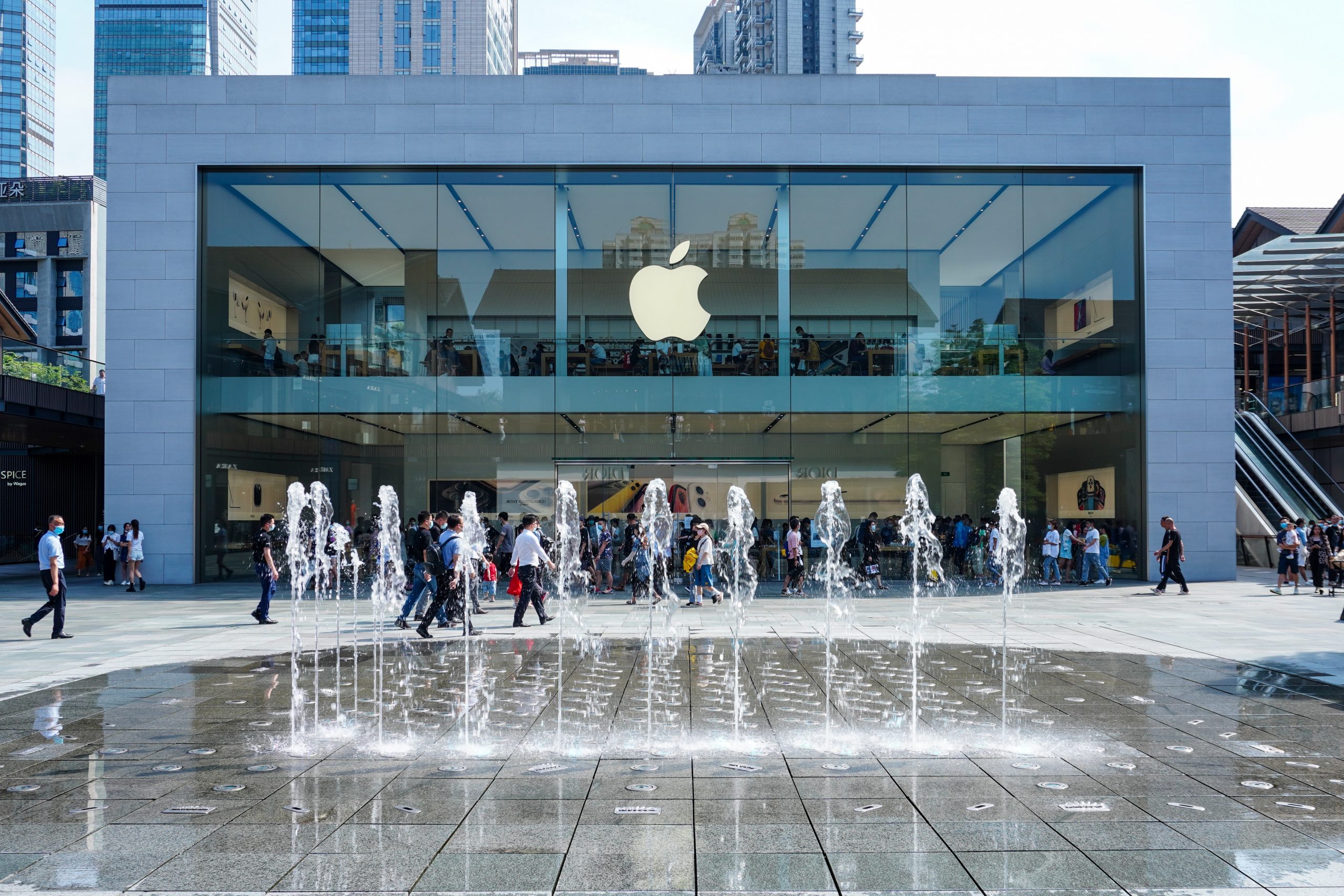
What’s the catch with a “gray” iPhone?
The catch with a “gray” iPhone lies in its compliance with the requirements of countries like the USA, China, Japan, the UAE, and Europe, not Armenia. These phones are certified to their standards and rules, which may differ from ours. Hardware differences, particularly related to LTE, 5G, and other modules, can exist. Functional limitations like carrier locking and the absence of eSIM may also apply. But the most crucial aspect is warranty issues.
“In a country that is not the country of purchase of the Apple Product, service options may be restricted. If service for the Apple Product is not available in such a country, before providing service, Apple will notify you of all possible additional charges for shipping and handling,” as stated on Apple’s website.
In summary, the final decision lies with the service center.
A significant downside of “gray” iPhones is that their sellers may withhold certain details. While you might not notice some differences, others could lead to problems. iSpace spoke with people who bought “gray” smartphones and regretted it.
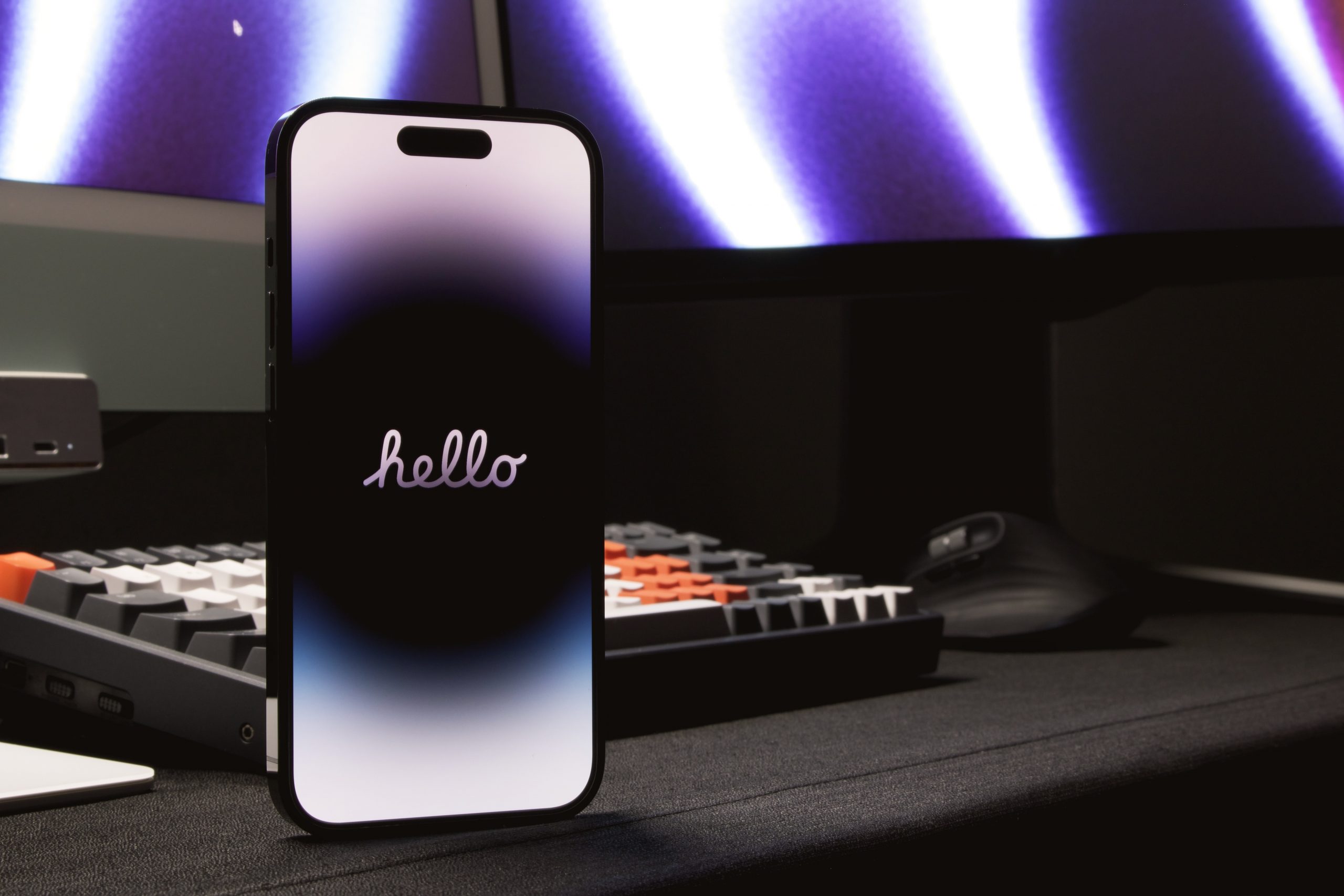
Story #1: Annoying Experience
“I had a Chinese iPhone 12 that didn’t support eSIM. It looked identical to the ‘European’ version, the only difference being the dual slot for physical SIM cards. If you examined it closely, these slots had springs, and the cards were inserted from both sides. That iPhone was genuine, confirmed through Apple’s website – everything seemed normal.
If the seller had explained to me upfront that eSIM didn’t work on ‘Chinese’ iPhones anywhere, not just in their home country, I wouldn’t have bought it. Because I constantly need to stay connected for work. When I travel for business or vacation, I usually set up a local SIM card through the eSIM purchase app. A regular iPhone supports 8 virtual SIM cards that you can switch between, but mine had only two, and they were physical, requiring manual swapping.
Maybe it’s not a problem for some people, but it was for me. Eventually, I got tired of dealing with paperclips and hunting for operator kiosks, so I bought another iPhone.”
Note: eSIM support in iPhones started with the iPhone XS. However, this feature is missing in certain iPhones intended for the Asian market. Apple smartphones for mainland China, as well as some models for Hong Kong and Macao, do not support eSIM due to Chinese government requirements. It’s impossible to “unlock” a Dual SIM iPhone even in other countries. There’s also the opposite situation: the entire iPhone 14 lineup for the American market only supports eSIM and doesn’t have a slot for physical cards at all.
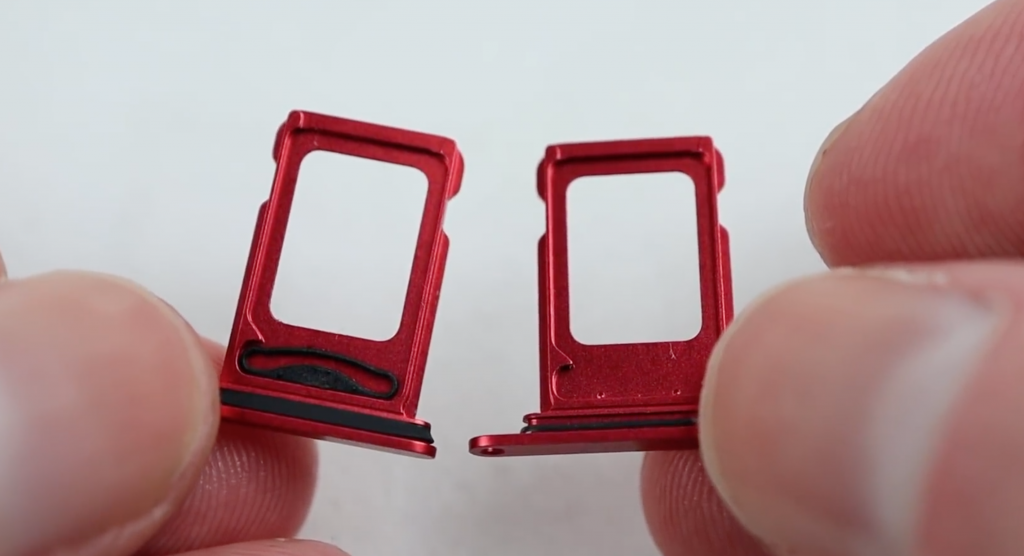
Story #2: Common Scenario
“I bought my first iPhone secondhand. At the time, I didn’t know how it was supposed to work, so everything seemed fine. After a while, I went to the service center to replace the battery, and that’s when I found out my iPhone was refurbished. Moreover, it was done unofficially somewhere in China: the technician showed me a bunch of crooked stickers with Chinese characters inside. Some of the components were not even original.”
Note: Officially refurbished iPhones are not a problem; they’re often more reliable than regular used ones listed on classified websites. That’s because before resale, they undergo testing for the functionality of all system components, and if any issues are found, the part is replaced with a new one. The issue with the “gray” market is that counterfeit or poorly refurbished iPhones with low-quality parts can be sold under the guise of being refurbished. If you’re lucky, they might work for 1-2 years, but not everyone is fortunate.
Another problem with the “gray” market is refurbished iPhones being sold as new. In this case, the buyer ends up deceived. Firstly, it’s frustrating to pay for a new phone and get a used one. Secondly, you don’t know what’s hidden “under the hood.”
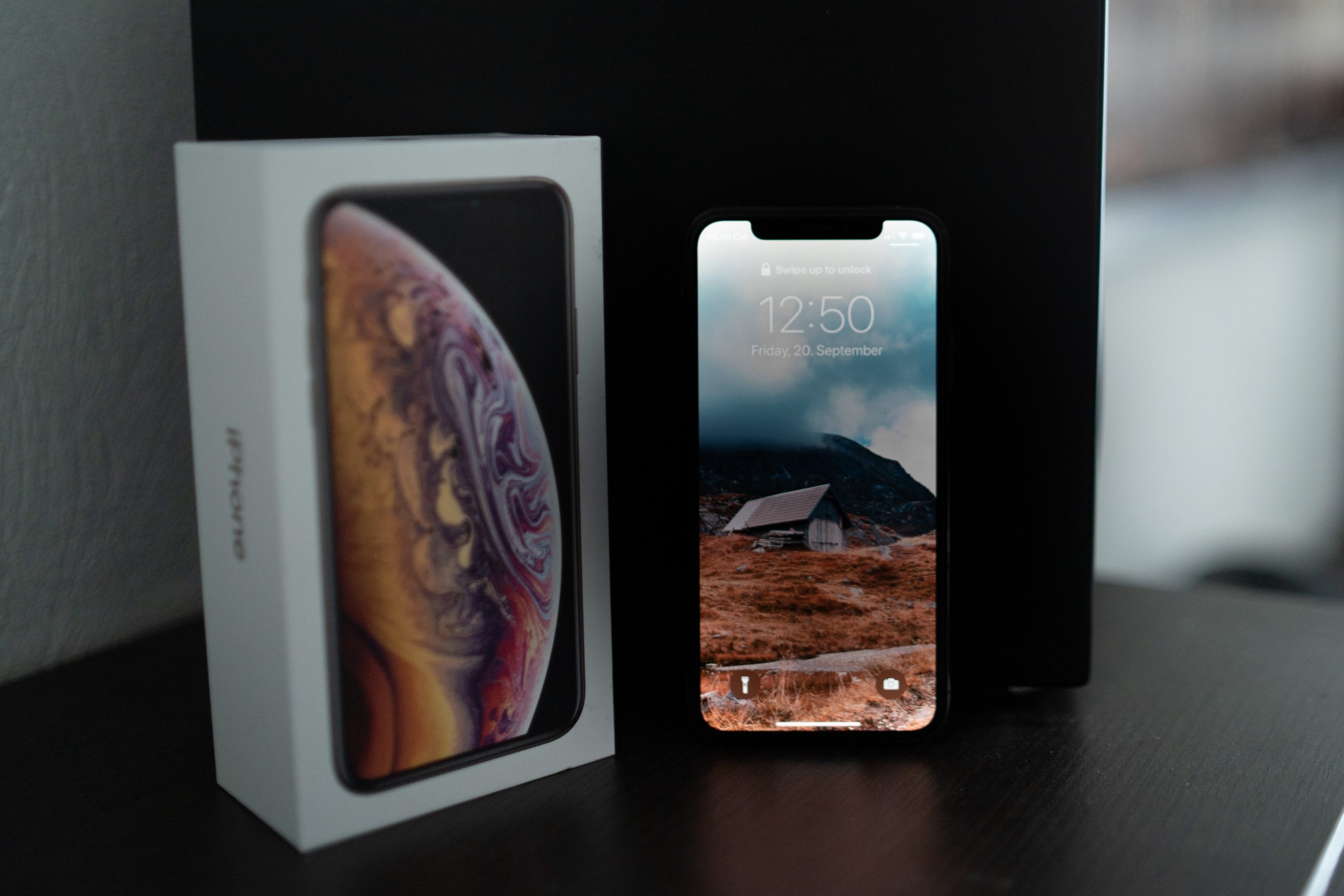
Story #3: A Lesson Learned
“A few years ago, a friend brought me a new iPhone from America. It turned out to be carrier-locked, only working with a specific operator’s SIM card. Our Armenian SIM card was not supported. It turned out that my friend bought the phone online without understanding the additional information on the website.
It was like a children’s riddle: there’s a pear, but you can’t eat it. I was advised in the repair shop to use a special microchip that goes on top of the SIM card. I had to spend money on that too.”
Note: A “carrier-locked” iPhone can be unlocked through two methods: officially through the carrier (either directly or through a third party) or unofficially using a Turbo Sim. Turbo Sim is a special adapter that contains IMSI identifiers on a microchip, which helps bypass the lock. Both methods are paid, and Turbo Sim has serious drawbacks.
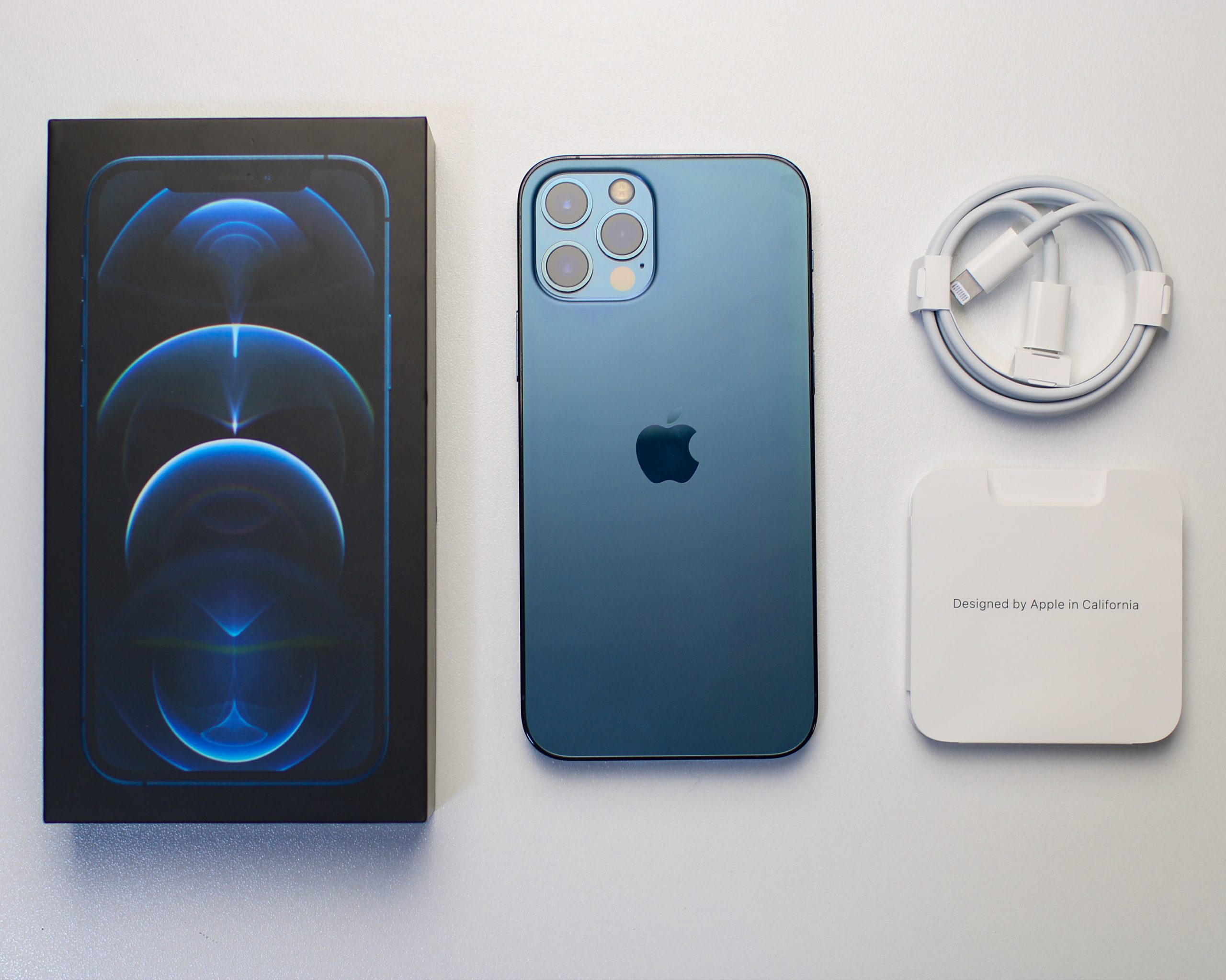
Story #4: A Surprise
“I bought a used Japanese iPhone, and you can’t turn off the camera shutter sound, which is incredibly loud. It might seem minor, but for photographers, it’s a big deal. Imagine being on a bus, wanting to snap a photo, and the whole bus turns to see who’s taking pictures of them. It’s a constant annoyance. If you’re into content creation, think twice before getting a ‘Japanese’ iPhone.”
Note: You can’t silence the camera shutter sound on iPhones meant for Japan and South Korea due to local laws. To solve this, insert a local SIM card during initial activation. Not all sellers may know about this workaround.
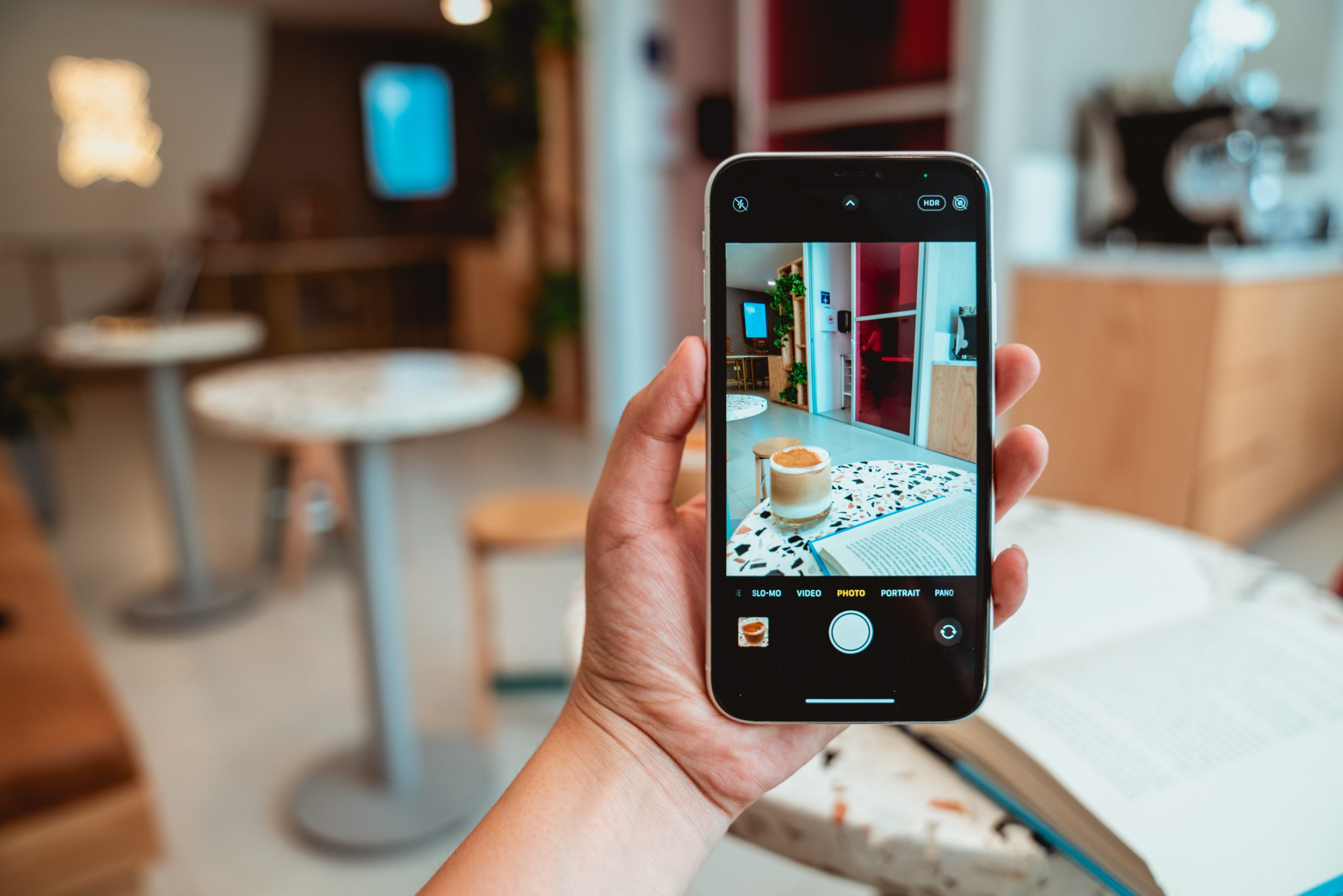
Story #5: Anticipated
“I bought a new, unused iPhone 11 from a ‘gray’ store. I knew the seller from previous purchases of AirPods and Apple Watch, which still work fine. Unfortunately, the iPhone had issues with the touchscreen shortly after buying it – a clear defect. The authorized Apple service center refused to cover it under warranty due to its unofficial status.
I contacted the seller, who agreed to help but warned of a lengthy process. Since it was a European iPhone, it had to be serviced abroad, making it inconvenient for me without a backup phone. I had to take matters into my own hands. A friend who frequently visited the EU took my iPhone to a local service center, where they recognized the issue as a warranty case and fixed it. I learned a lesson: even high-quality tech can sometimes break, so having insurance is a good idea.”
Note: iPhones are typically eligible for warranty service in the country of their initial purchase. In other regions, it’s at the discretion of the service center. If you discover a defect in a ‘gray’ iPhone, be prepared to either pay for repairs yourself or take it to the region of purchase, such as the EU, USA, China, or others.
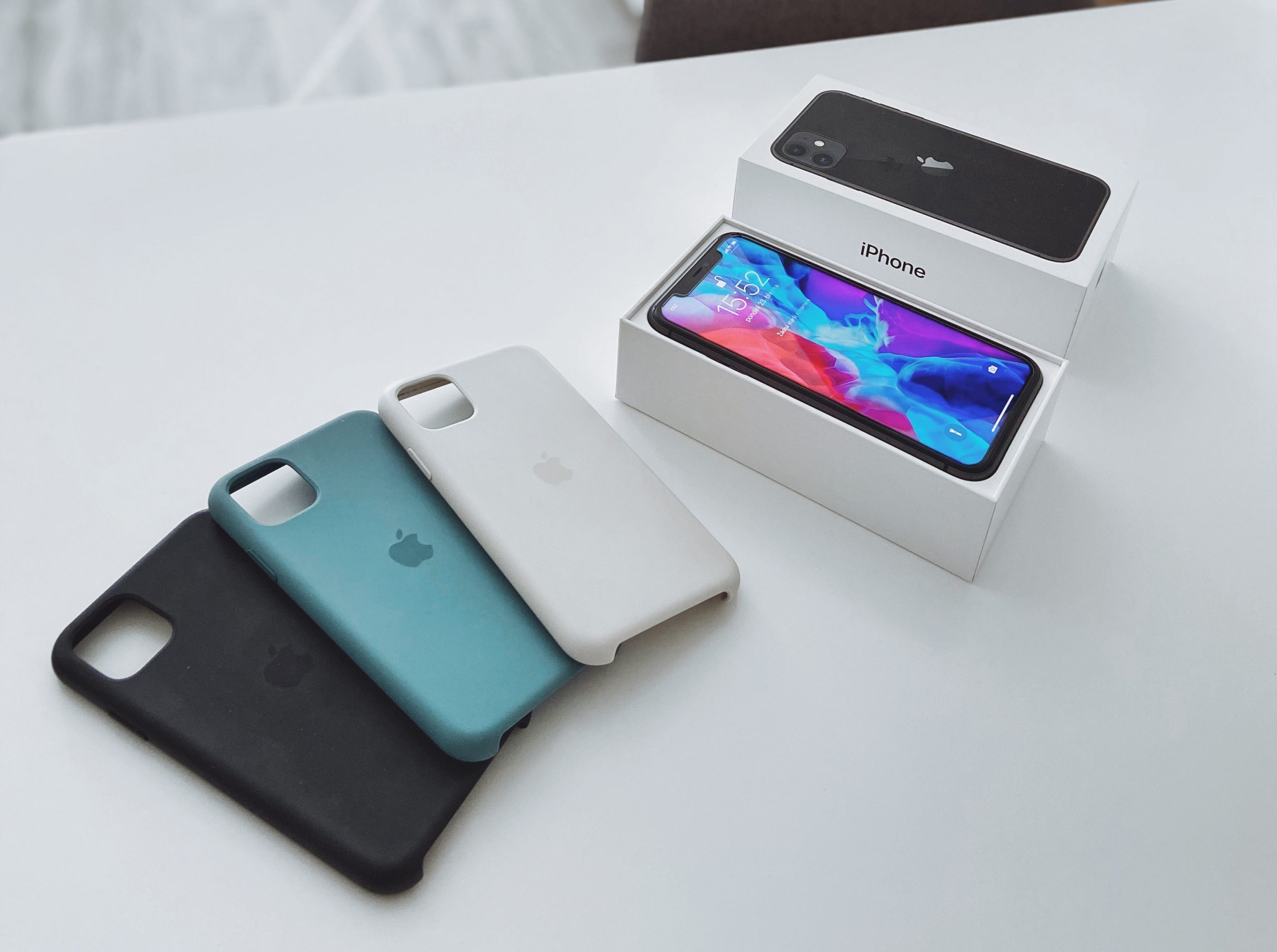
How to Identify a “Gray” iPhone?
You can check the information on the iPhone box. There should be a sticker on the back indicating its import status to your country. Pay attention to the iPhone model number, as it reveals the region it’s intended for. You can decode it on Apple’s official website.
Another way to verify the legality of an imported iPhone is to check its serial number on an authorized Apple service center’s website in Armenia: iSpace.am.
Certification is also interesting. If your device is marked with “EAC,” it’s intended for sale in the member states of the Customs Union: Armenia, Belarus, Kazakhstan, Kyrgyzstan, or Russia. “CE” marking indicates it’s a European model certified by EuroTest and compliant with European standards. “CCC” signifies Chinese certification. However, “RST” or Rostest is an outdated term, replaced by “EAC.” Many still refer to iPhones as “non-Rostest” or “unofficially imported iPhones.”
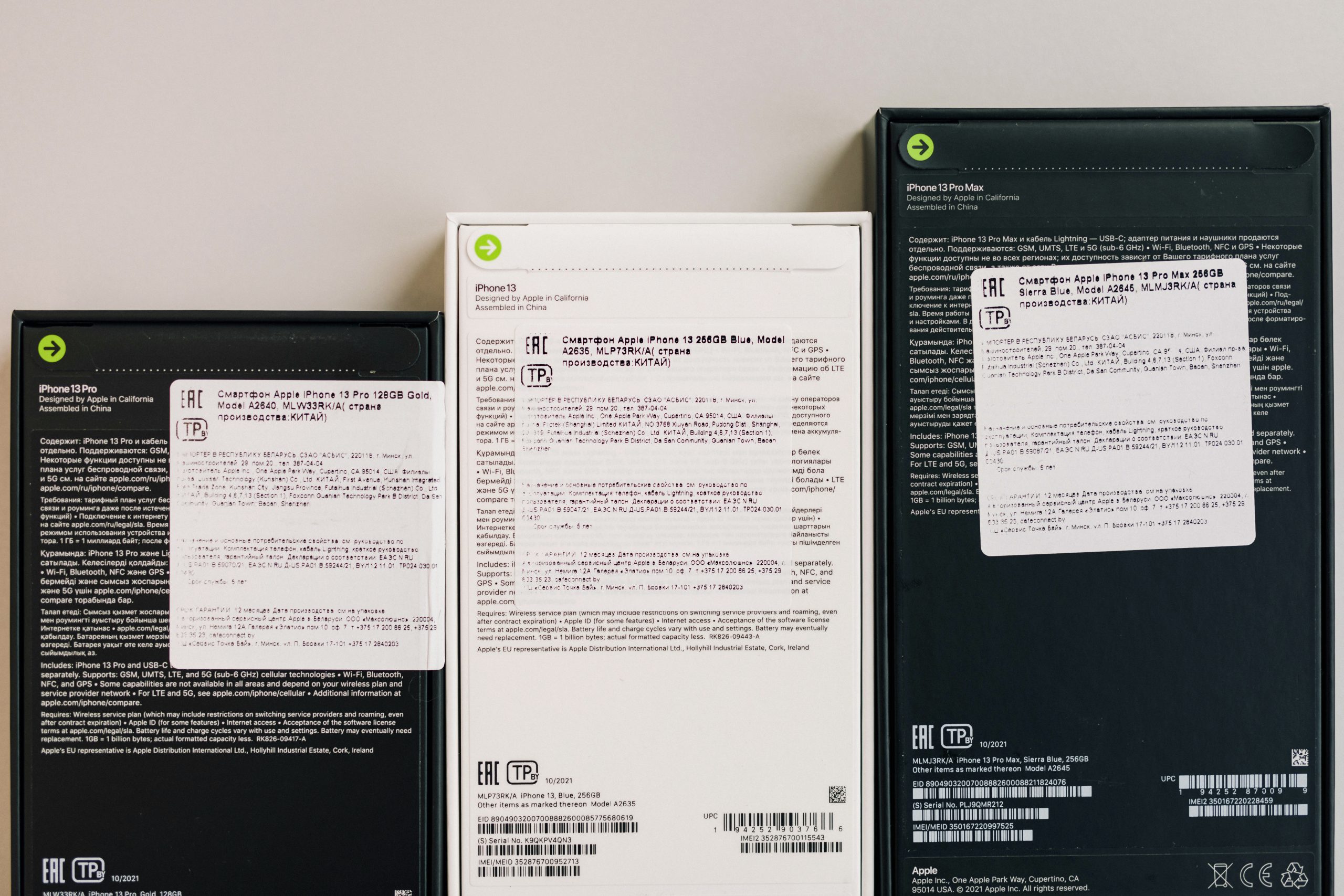
Conclusion
A “gray” iPhone is neither a counterfeit nor a refurbished device. It’s an original Apple smartphone purchased in another country and illegally imported for resale. Lower shipping costs, tax evasion, and the absence of regulatory documentation explain why “gray” iPhones are cheaper than “official” ones. However, along with the attractive price come potential pitfalls, such as the risk of encountering counterfeits, the absence of eSIM support, and warranty complications.
The simplest way to protect yourself is to buy Apple products from authorized dealers. In Armenia, for example, you can rely on the iSpace store network. In this case, you’ll receive a genuine iPhone with proper invoices and full warranty coverage. In the event of defects, you’ll benefit from professional repair services. iSpace includes an official service center that operates according to Apple’s standards.
Purchase Apple devices online or visit our stores.
Subscribe to the newsletter and be the first to know about new promotions and special offers
